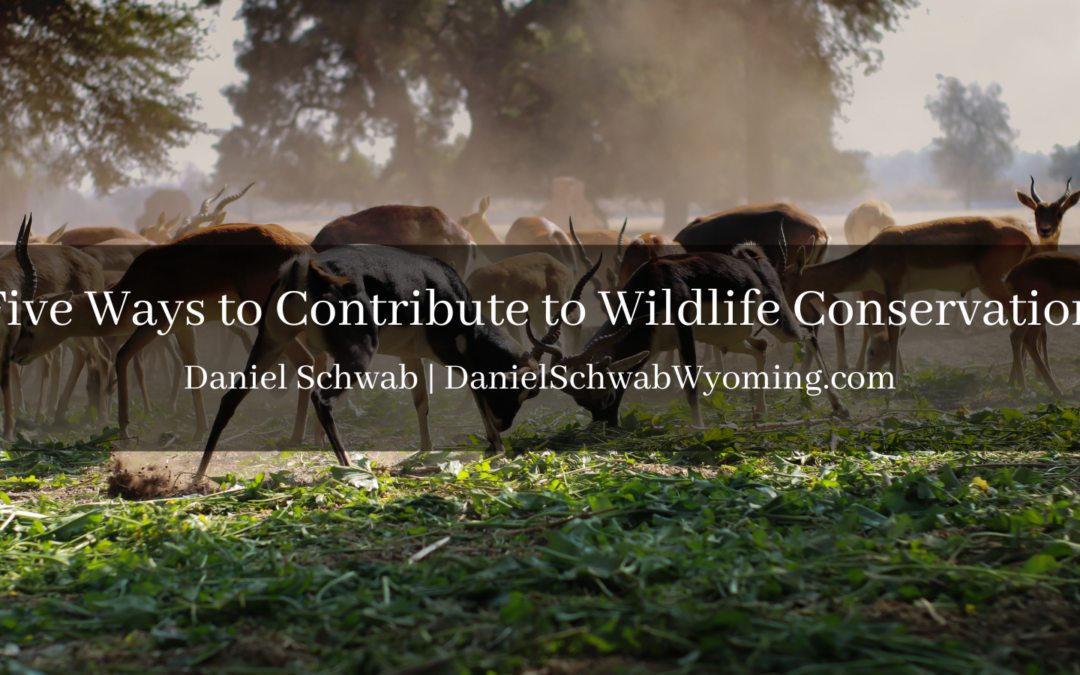Wildlife conservation is critical to maintaining the delicate balance of our planet’s ecosystems. With biodiversity under constant threat, individuals must actively participate in efforts to protect and preserve wildlife. The Green Earth organization outlines seven effective strategies for wildlife conservation, and we’ll focus on five practical ways you can contribute to these efforts.
- Support Conservation Organizations:
One of the most direct ways to contribute to wildlife conservation is by supporting reputable organizations dedicated to the cause. These organizations often work on the ground, implementing conservation projects, conducting research, and advocating for wildlife protection. By donating to or volunteering with such organizations, you play a crucial role in funding initiatives that address the specific needs of endangered species and habitats.
- Promote Sustainable Practices:
Human activities such as deforestation, pollution, and overfishing contribute significantly to the decline of wildlife populations. By adopting and promoting sustainable practices, you can minimize your ecological footprint. You can include making environmentally conscious choices in your daily life, such as reducing single-use plastic consumption, supporting sustainable agriculture, and choosing products that are certified as environmentally friendly. These actions help alleviate the pressure on ecosystems and protect the habitats that wildlife depend on.
- Educate and Raise Awareness:
A key component of wildlife conservation is educating the public about the importance of biodiversity and the threats different species face. Utilize your social media platforms, organize awareness campaigns, or engage in community outreach to share information about endangered species, their habitats, and the impact of human activities. The more people understand the value of wildlife, the more likely they are to support conservation efforts actively.
- Participate in Citizen Science Projects:
Citizen science projects allow individuals to contribute valuable data to scientific research. Many wildlife conservation organizations run programs that enable people to get involved in monitoring and collecting data on various species. Whether it’s tracking migratory patterns, monitoring population trends, or identifying new species, citizen scientists play a vital role in expanding our understanding of wildlife and informing conservation strategies.
- Advocate for Policy Changes:
Governments play a crucial role in wildlife conservation by formulating and enforcing policies. Engage in advocacy efforts to influence policymakers and promote legislation that supports wildlife protection. You could be involved in participating in letter-writing campaigns, attending public hearings, or joining advocacy groups to create and strengthen laws to safeguard habitats, regulate hunting, and combat illegal wildlife trade.
In conclusion, contributing to wildlife conservation is a shared responsibility that requires collective action. By supporting organizations, adopting sustainable practices, educating others, participating in citizen science projects, and advocating for policy changes, you can make a meaningful impact on preserving our planet’s diverse and invaluable wildlife. Take inspiration from the strategies outlined by Green Earth and join the global effort to ensure a sustainable future for all living beings.


